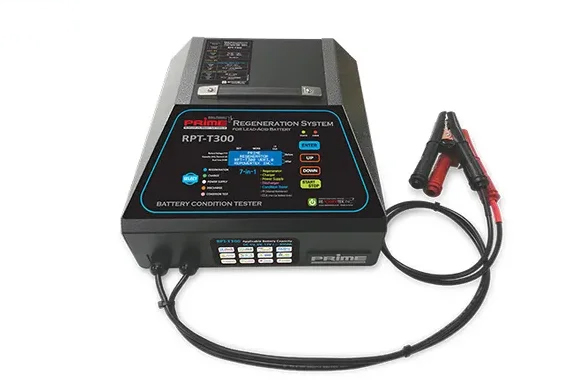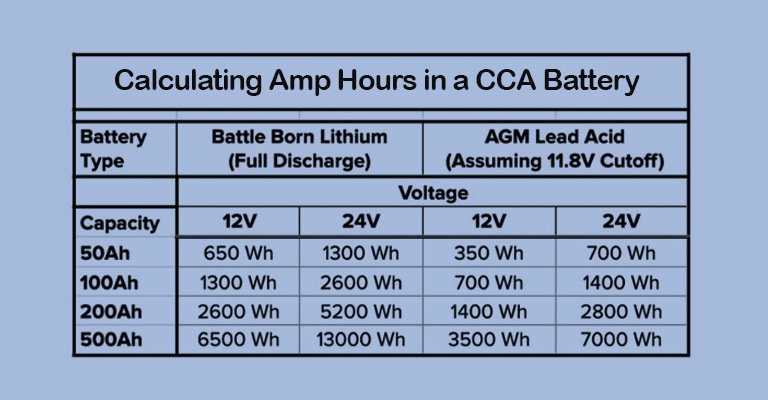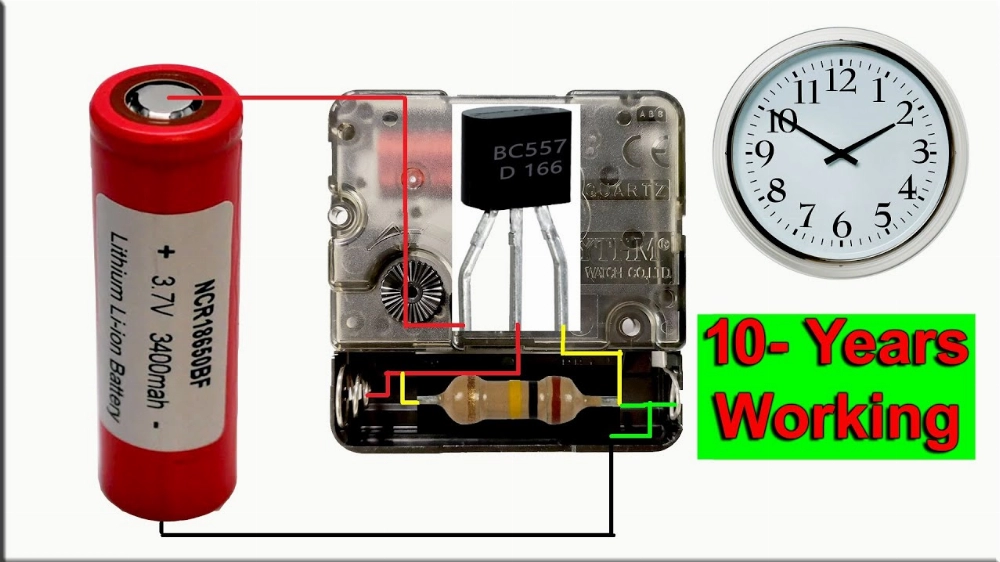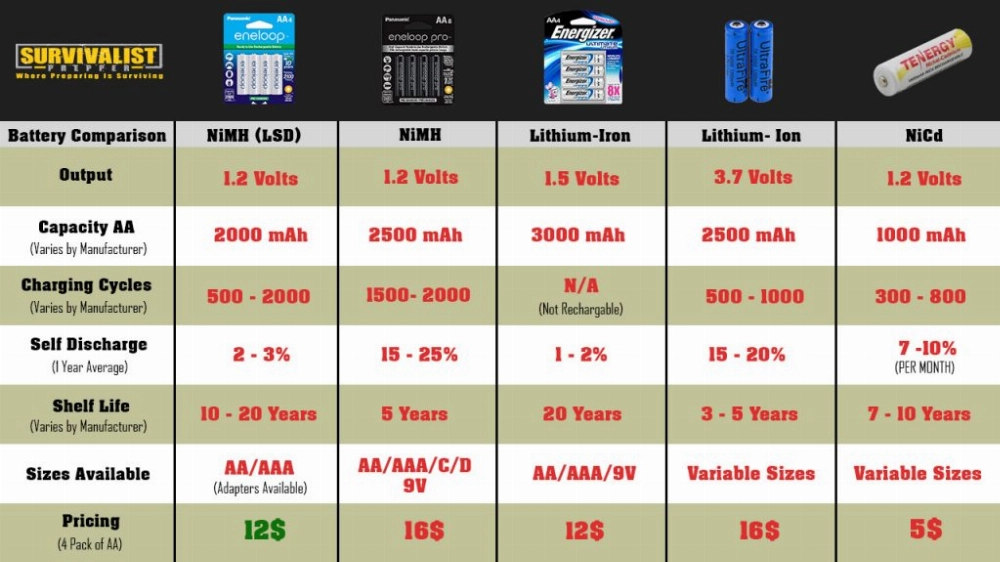Batteries are widely used in various devices, from everyday electronics to industrial tools. To maintain their efficiency and extend their lifespan, proper care and management are essential. One of the most effective tools for this purpose is a battery discharger. This device ensures batteries operate at optimal performance, last longer, and remain safe during use.
In this guide, we will explore what battery dischargers are, why they are crucial, and how they work. We will also discuss the specialized applications of AA battery dischargers and lithium battery dischargers, providing detailed insights and practical tips.
Part 1. What is a Battery Discharger?

A battery discharger is a device designed to safely remove stored energy from a battery in a controlled manner. Its primary function is to optimize battery health by preventing overcharging, reducing memory effect, and calibrating capacity.
Key Benefits of Battery Dischargers:
- Testing Battery Capacity and Performance: Ensures the battery delivers reliable power.
- Safe Storage: Especially important for lithium-ion batteries to prevent swelling and degradation.
- Extending Battery Life: Maintains proper charge-discharge cycles, preventing premature failure.
By discharging batteries to their optimal voltage levels, dischargers help prevent damage and ensure consistent performance throughout their lifespan.
Part 2. How Do Battery Dischargers Work?
Battery dischargers work by applying an electrical load to the battery, causing it to release energy in a controlled and monitored manner. This process typically involves:
- Voltage Monitoring: Ensures the battery stays within safe discharge limits.
- Stable Discharge Rate: Prevents sudden voltage drops that can harm the battery.
- Automatic Cutoff: Most modern dischargers stop once the battery reaches its specified cutoff voltage, preventing over-discharge.
This structured approach ensures batteries are discharged safely, avoiding overheating, degradation, or reduced performance.
Part 3. Benefits of Using Battery Dischargers
1. Extended Lifespan
Regular discharging and charging helps prevent common issues like capacity loss and voltage drop. This is particularly important for rechargeable batteries such as NiMH and lithium-ion.
2. Accurate Testing and Calibration
Battery dischargers enable users to measure the actual capacity of their batteries. This is crucial for applications requiring precise power performance, such as drones, medical equipment, and industrial tools.
3. Safe Long-Term Storage
For lithium-ion batteries, maintaining a specific storage voltage (3.7V–3.9V per cell) is essential. A battery discharger ensures batteries remain at the ideal level during extended storage periods.
4. Environmental Benefits
Discharging batteries before disposal enhances safety and supports eco-friendly recycling. Fully discharged batteries reduce risks during disposal, making recycling more sustainable.
Part 4. AA Battery Dischargers
AA batteries are widely used in devices like remote controls, cameras, and handheld tools. For those using rechargeable AA batteries, such as NiMH or NiCd, an AA battery discharger is an essential tool.
Features of AA Battery Dischargers:
- Multi-Slot Design: Allows for discharging multiple batteries simultaneously.
- Digital Readouts: Displays real-time voltage, remaining capacity, and discharge progress.
- Adjustable Settings: Users can adjust the discharge rate based on the battery type.
Why Use an AA Battery Discharger?
Regularly discharging rechargeable AA batteries helps eliminate the memory effect, a phenomenon where batteries lose capacity if they are recharged before being fully discharged. This process ensures batteries maintain peak performance over time.
Part 5. Lithium Battery Dischargers
Lithium batteries are more complex than AA or NiMH batteries and require precise charge and discharge management. A lithium battery discharger plays a critical role by:
- Balancing Cells: Ensures energy is distributed evenly among the battery cells.
- Optimizing Performance: Prevents overcharging and over-discharging to prolong lifespan.
- Enhancing Safety: Reduces the risk of overheating, swelling, and thermal runaway.
For high-performance applications like RC vehicles, drones, and professional camera equipment, a lithium battery discharger is an indispensable tool.
By incorporating a battery discharger into your maintenance routine, you can ensure optimal battery performance and extend its lifespan significantly.
markdown
# Lithium Battery Discharger: A Guide to Optimizing Performance
Lithium battery dischargers are essential tools for safely and effectively managing lithium-ion and lithium-polymer batteries. These devices help maintain battery health, prevent over-discharge, and optimize performance.
Key Features of Lithium Battery Dischargers
- Voltage Accuracy: Ensures batteries discharge to a safe level without causing permanent damage.
- High Current Load Capability: Capable of handling the high capacities and voltages common to lithium batteries.
- Integrated Safety Mechanisms: Includes over-temperature, over-current, and short-circuit protection.
Applications of Lithium Battery Dischargers
Lithium battery dischargers are widely used across various industries, including:
- Consumer Electronics: Crucial for extending the battery life of smartphones, laptops, and tablets.
- Drones and Remote Control Models: Ensures precise discharging of high-performance battery packs.
- Electric Vehicles: Helps balance and optimize battery packs for efficient energy utilization.
Choosing the Right Battery Discharger
When selecting a battery discharger, consider the following factors:
- Battery Type: Ensure compatibility with the specific battery chemistry, such as NiMH, NiCd, or Li-ion.
- Capacity Range: Verify that the discharger’s capacity range matches the battery specifications.
- Adjustable Settings: Look for devices that offer customizable discharge rates and cutoff voltages.
- Safety Features: Choose models with thermal management, over-discharge protection, and fault detection capabilities.
Best Practices for Using Battery Dischargers
To maximize the benefits of battery dischargers, follow these guidelines:
- Monitor the Process: Monitor voltage and temperature during discharge to ensure safety.
- Avoid Over-Discharge: Set the cutoff voltage according to the battery type to prevent damage.
- Use the Correct Discharger: Ensure the device is compatible with the battery’s chemistry and specifications.
- Discharge Regularly: Regular discharging helps maintain battery capacity and efficiency.
- Prepare for Storage: Before storing lithium batteries, discharge them to the recommended voltage to prolong their lifespan.
Conclusion
Battery dischargers are vital tools for maintaining and optimizing battery performance. Whether for everyday AA batteries or high-performance lithium batteries, using a discharger can improve safety, efficiency, and battery life. Selecting the right discharger and adhering to best practices will ensure long-term battery health and reliability.







